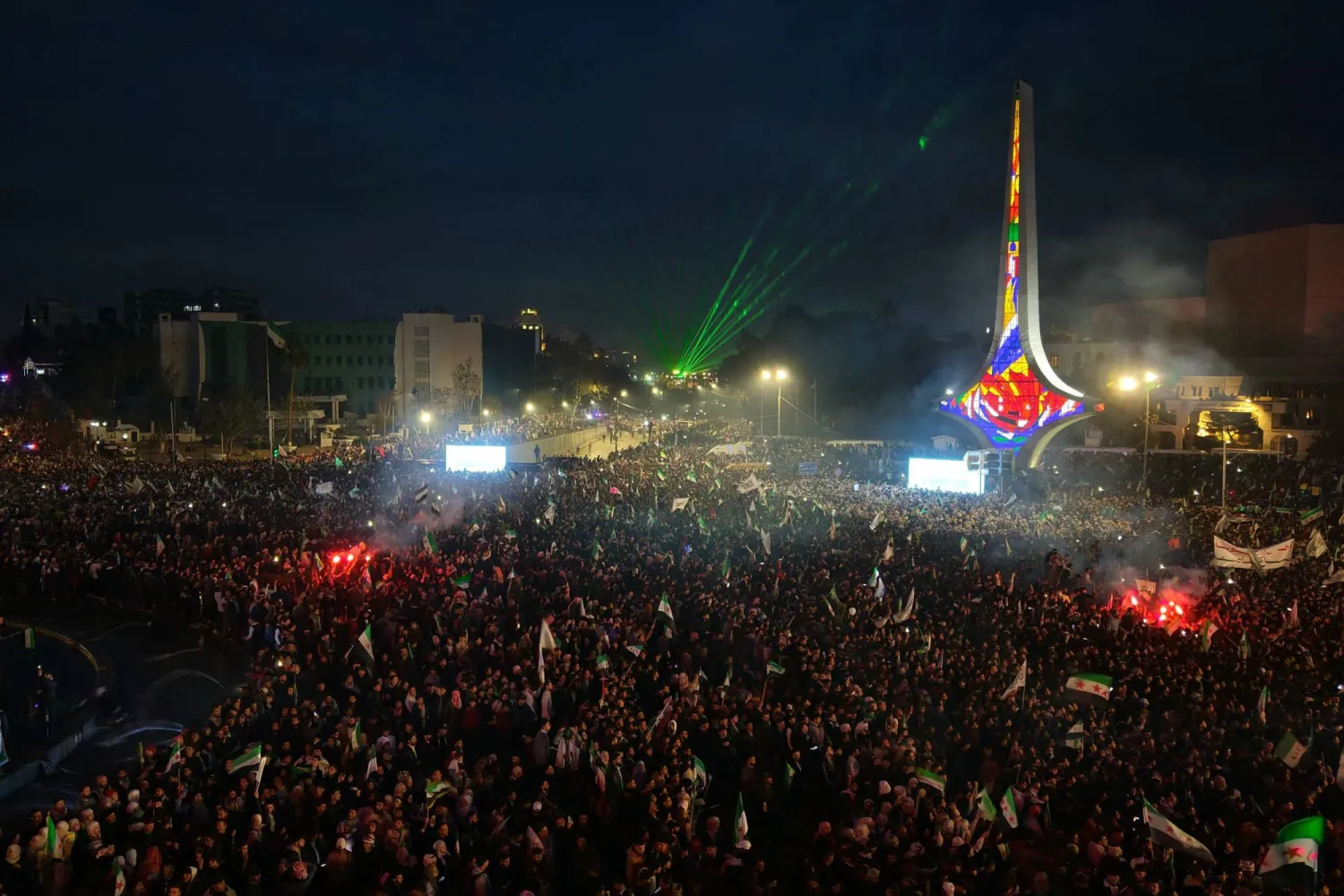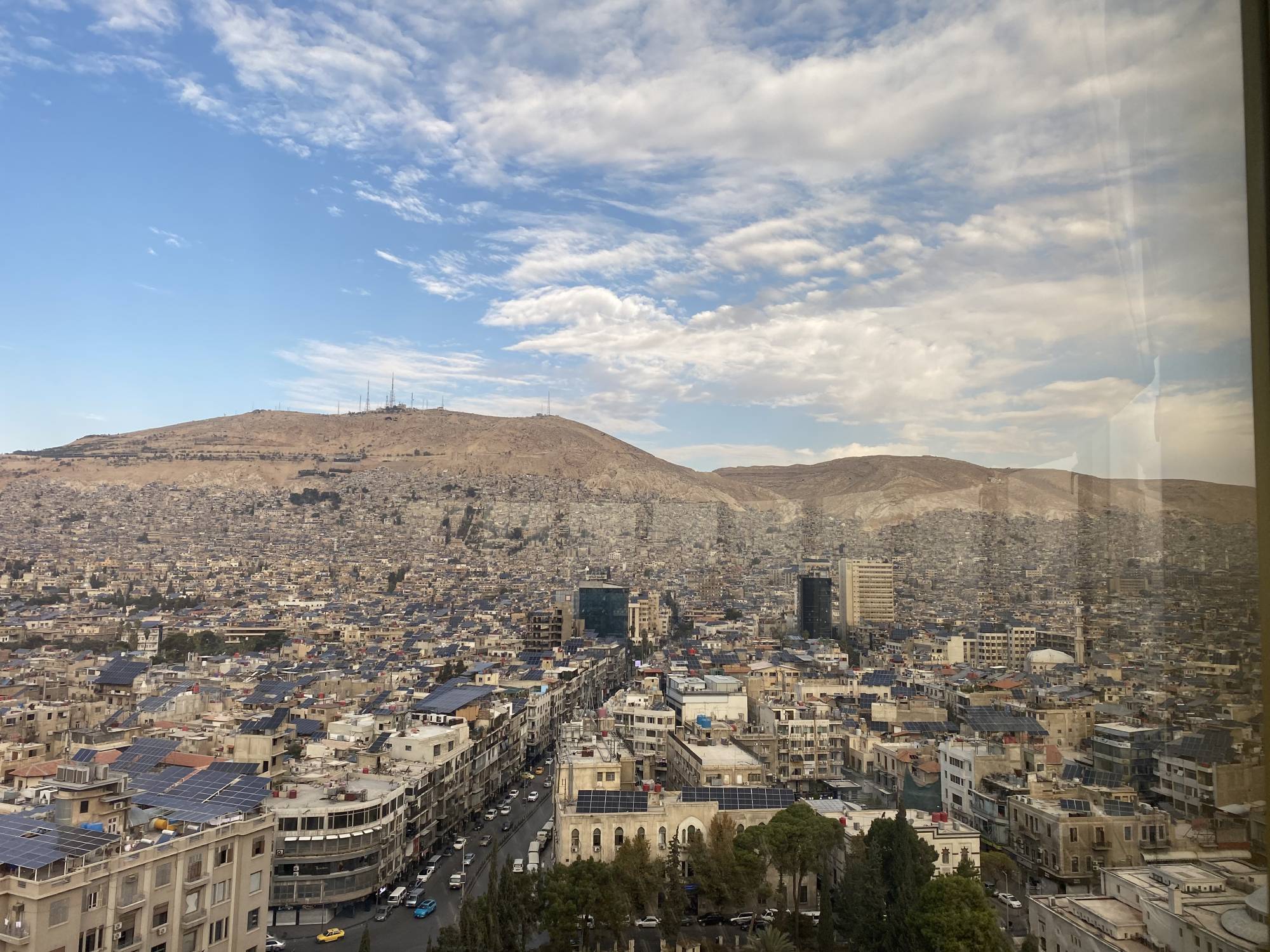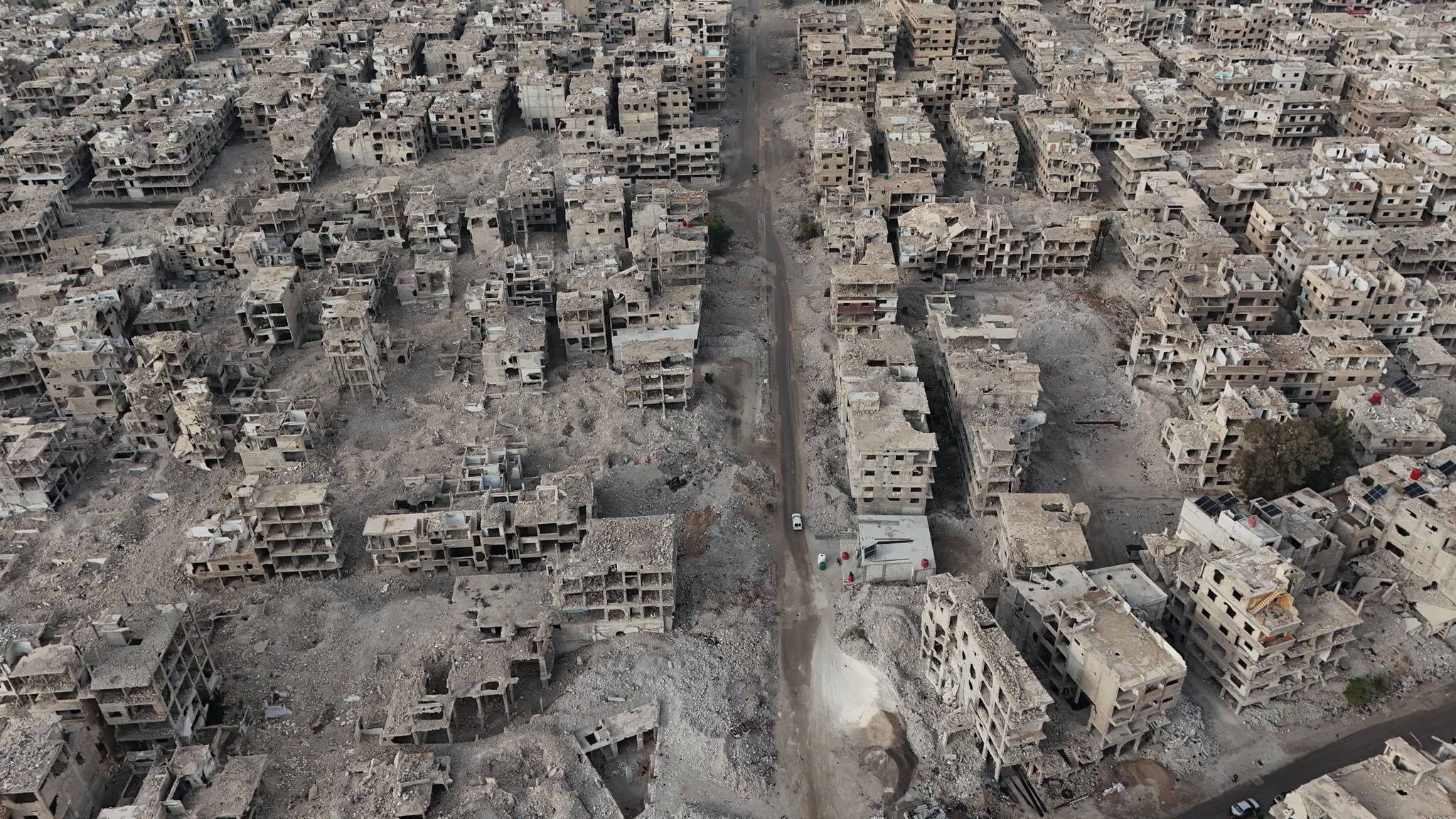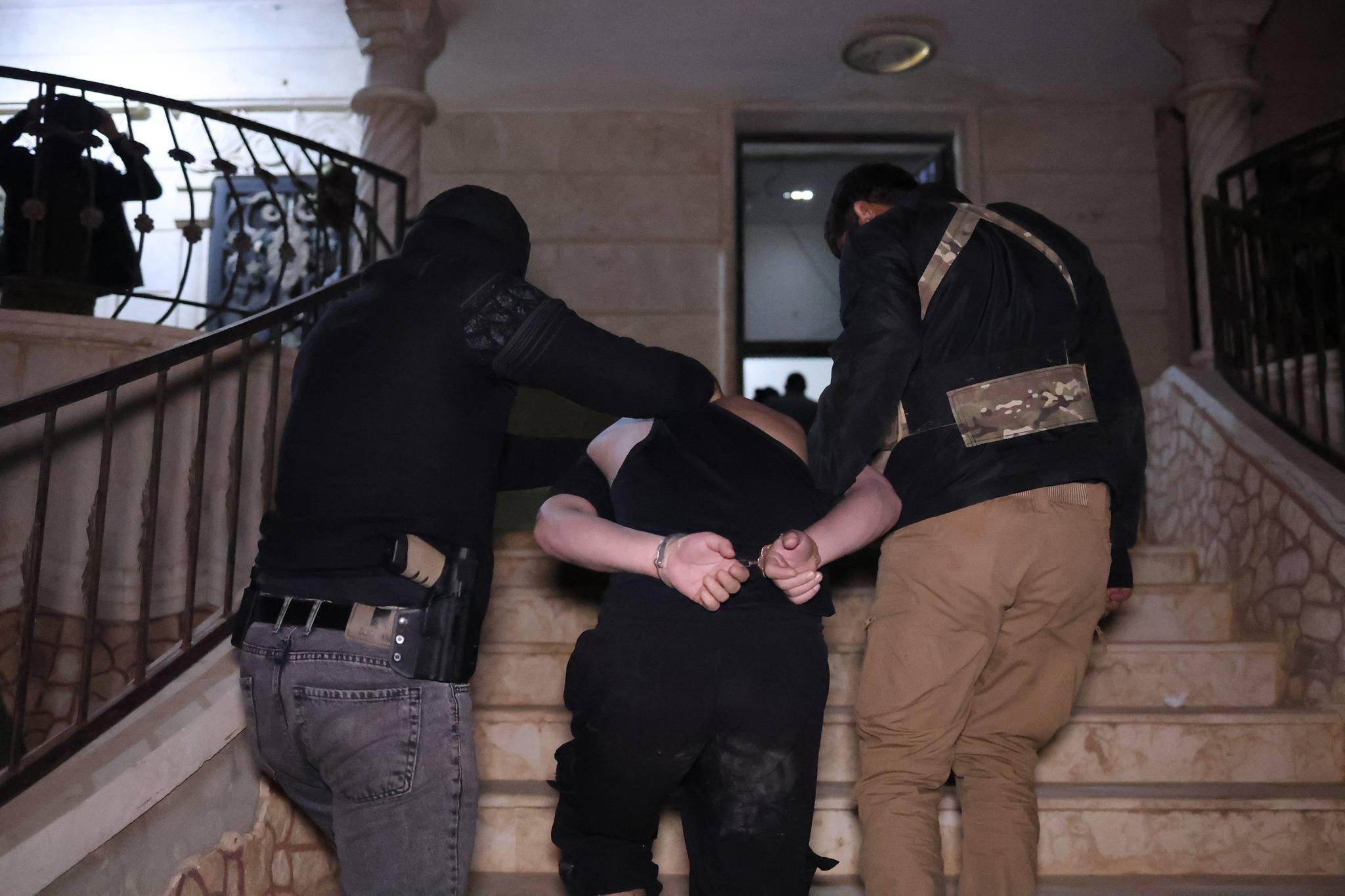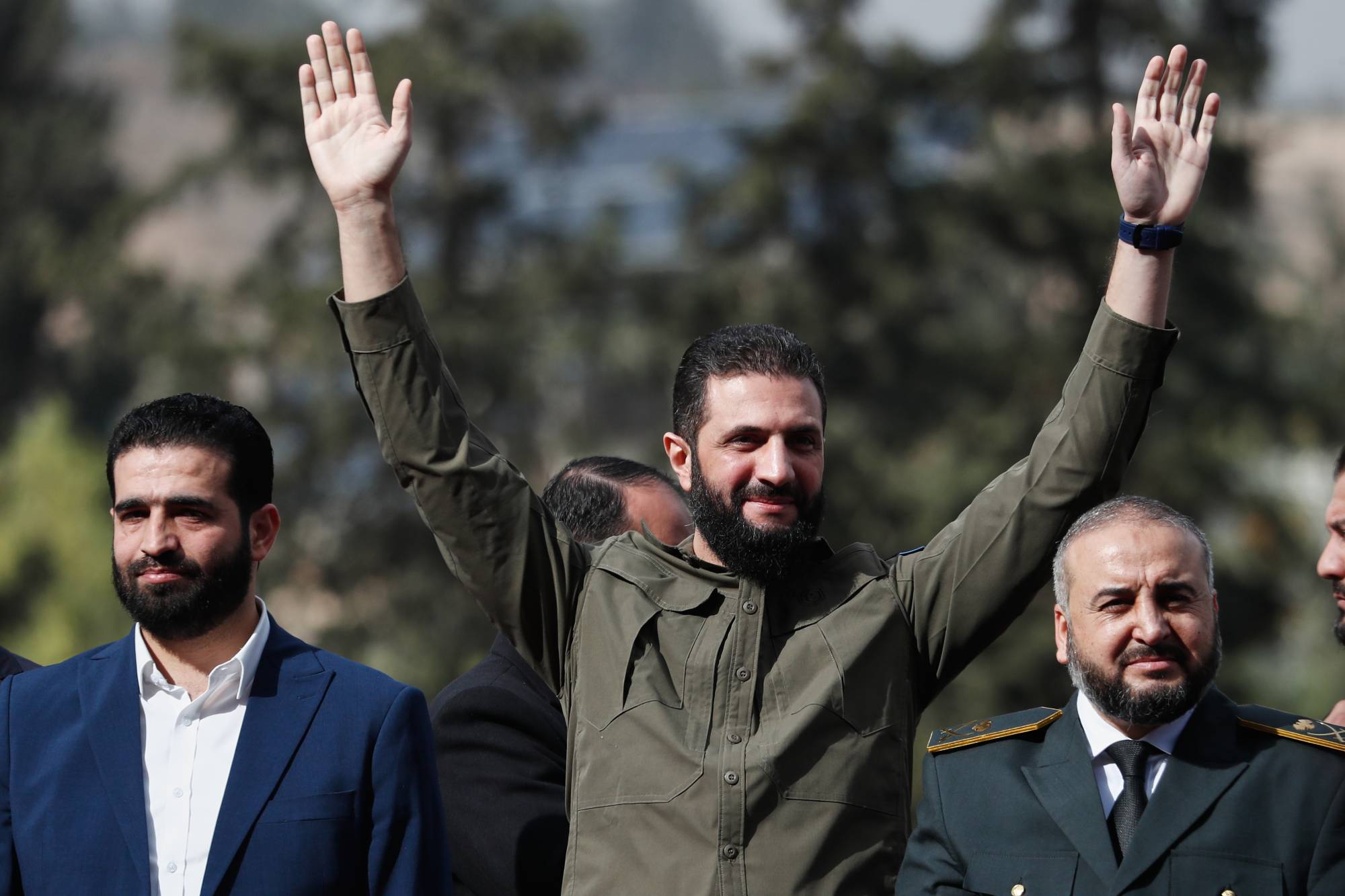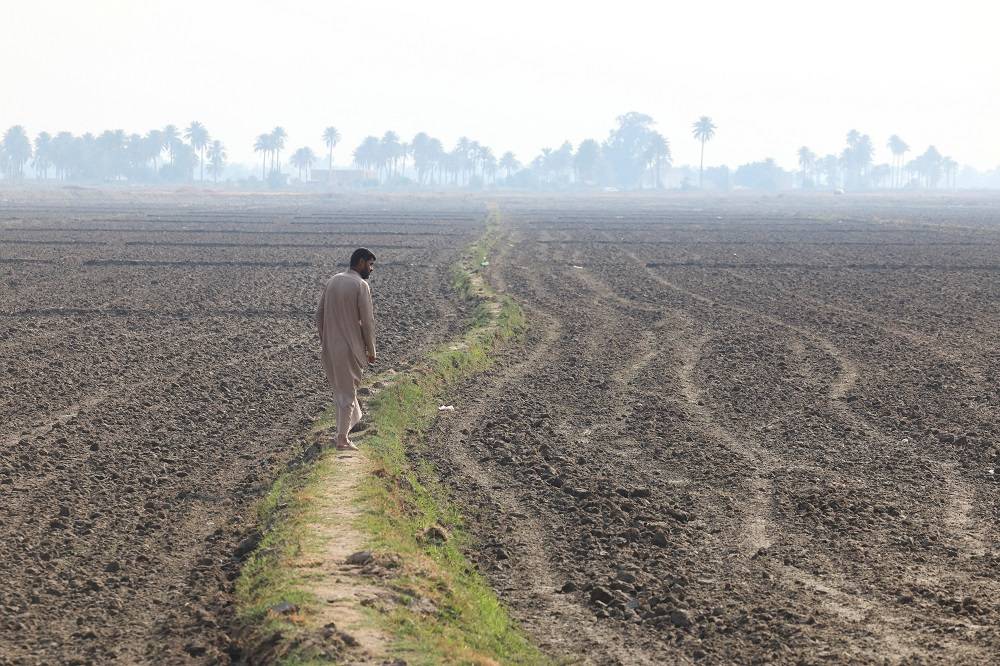A cold war is brewing between Iraqi Prime Minister Mohammed Shia al-Sudani and former PM Nouri al-Maliki. They are forging ahead rapidly towards next year’s parliamentary elections. The rivalry between them will be fierce, unless they strike a deal, said officials from Maliki’s Islamic Dawa party and the ruling pro-Iran Coordination Framework.
Maliki is seeking to hold early elections, which is unlikely to happen, but observers said he is simply trying to pile pressure on al-Sudani. More important than the date of the elections is the electoral law itself, which the rivals can shape to suit their or Iraq’s interests.
As it stands, Maliki appears the more eager of the two to draft the new law. People who have worked with him in drafting proposals revealed that he is thinking more about setting up “traps” for al-Sudani, who is eying a second term in office, than about his own chances of victory in the new parliament.
Kingmaker
Maliki is seen as the maker of uncrowned kings. They are kings who work for him in service of an agenda that he kicked off in 2006 when he first became prime minister, replacing Ibrahim al-Jaafari who was “shunned by the Iranian-American equation in Iraq.”
Maliki honed his political skills in the past two decades. He learned how to maneuver and smoothly move from one camp to another, something he has grown particularly adept at. He is also known for his “strong sectarian leanings and paranoia,” which draws to him all “ambitious and anxious Shiites,” said people who have worked with and against him in the past 20 years.
Even after leaving government, Maliki remained the “godfather” of the Shiite political project in Iraq. He was always sought out by “sectarian” parties whenever the system in Iraq came under threat, even if the threat came from Shiites themselves.
Ultimately, Maliki has presented himself as the “savior of the Shiites in modern Iraq.” The last time he managed to bring them together was when Sadrist movement leader cleric Moqtada al-Sadr sought to turn against them and expel them from government when he tried to forge an alliance with the Sunnis and Kurds in 2020. Maliki’s image as the “sponsor of the deep Shiite state” in Iraq grew further with the formation of the Coordination Framework that allowed al-Sudani to come to power.
In fact, Maliki believes he is the sole representatives of the deep Shiite state. He expects his allies to not infringe on his “historic standing and leadership.” But what happens when a person, who Maliki himself had brought to power and shaped their political agenda, rebels against him? What if al-Sudani were to run for a second term in office?
‘Right’ man
Al-Sudani was an agricultural engineer working for the government in the Maysan province when the American forces occupied Iraq and ousted Saddam Hussein’s regime. Because he was a senior state employee and son of a dissident Shiite family, he was appointed coordinator between the city authority and ruling American administration in Baghdad.
Over the years, al-Sudani assumed various public posts. It was evident that he was skilled at maneuvering government work and withstanding its upheavals.
Maliki sensed that al-Sudani was the “right man” around whom he could form his successive governments. Al-Sudani was minister of industry and minerals, labor and social affairs, and human rights in three governments. Maliki viewed him as a “second-class” politician, but at least he was consistent in serving the “Shiite project” over the years.
In 2019, hundreds of thousands of Shiite youths took to the streets to protest against the government and al-Sudani jumped ship from the Dawa party to form his own small party, the Al-Furatayn, with the goal of joining the league of major Shiite figures. Two years later, he was named prime minister after much political wrangling.
In 2022, al-Sudani visited Hadi al-Ameri’s house with a list of commitments he was demanding of the Coordination Framework – the sponsors of his new government. However, Maliki – along with Qais al-Khazali, the leader of the Asaib Ahl al-Haq group – were ahead of him and had prepared their own list of commitments they expected al-Sudani to meet during his term in office.
The list handed to al-Sudani reflected Maliki’s way of thinking and how he viewed the new premier as “an agricultural engineer who was tasked with heading a government.”
Al-Sudani aspired to be much more than that. He kicked off his work as prime minister calmly as he dedicated the early days to erasing the legacy of his predecessor Mustafa al-Kadhimi – at least, these were the “instructions” coming in from the Framework.
Al-Sudani’s aspirations
Later, al-Sudani began to show strong signs of his aspirations. He presented himself and his ministers as being focused on services and development, securing an unprecedented state budget at the time.
The Framework saw no political threat in a government that offers services. In fact, it believed that such services “have no value when it comes to political balances and equations”, according to Shiite politicians.
Two years later, however, al-Sudani now has the loyalty of nearly 50 lawmakers who “effectively defected” from the Framework. The PM believed that any former lawmaker was a potential future partner in his political bloc in the next parliament.
He also formed alliances with three powerful province governors: Asaad Al-Eidani of al-Basra, Mohammed al-Mayahi of al-Kut and Nesayif Al-Khattabi of Karbala – all defectors of the Framework.
Asked about al-Sudani’s current influence in parliament, Shiite leaderships told Asharq Al-Awsat that he boasts around 60 MPs and even more could join him.
In March, Maliki made light of al-Sudani’s power in parliament, remarking that back in 2014, he [Maliki] won 103 seats in the legislature but still wasn’t named prime minister due to political bickering. “So, what do 60 seats mean? Nothing. Numbers are not enough,” he added.
So why the animosity towards al-Sudani? Maliki believes that al-Sudani is eating away at his own political power, using the tools of the “deep state”, and extending his hand to his own supporters to create new alliances outside of the current political equation and Coordination Framework – the most important alliance in the country.
Long- and short-term plans
Maliki believes that he was the one who made al-Sudani and he should be the one who controls his political fate.
And yet, Maliki cannot wage an open battle with al-Sudani because he is bound by the traditions of the right-wing Shiite movement in Iraq and the need to allow it to grow and prosper. Moreover, al-Sudani has managed to occupy a significant role in Iraq: enjoying Iranian and American consensus – the most enviable role a prime minister can dream of. Wasn’t that the same role Maliki played in his first term as premier?
In the long-term, what Maliki can do is set up a trap for his former colleague by drafting a new electoral law that strips the prime minister of any privileges. He effectively wants to deprive al-Sudani of the privileges Maliki enjoyed in 2010.
Sources revealed that elections experts have been working with Maliki for the past two months to draft the new law. Progress has been made, especially with Sunnis and Kurds joining the process.
Maliki is so determined to see al-Sudani fail that he is willing to draft a law that wouldn’t even secure him – Maliki – a victory.
In the short-term, he is trying to lure al-Sudani’s allies away from him. If he can’t, then he will set them up to fail. Decision-makers in the Framework said that when al-Sudani makes it to the final stages of the elections, he’ll be lucky if he manages to retain one of the powerful three governors by his side. Maliki is determined to remove them from their alliance with al-Sudani.
Learning from Maliki
Al-Sudani is aware that the Shiites will be confronted with a new dynamism in the next elections that could lead to the end of the Coordination Framework or shift to new hubs of influence. Al-Sudani is hoping to become the head of one of these spheres of influence.
Observers said the PM will counter Maliki’s attempts to undermine him by holding “arduous” talks with the Sunni and Kurds and that he may mull various settlements that may persuade them to abandon the former PM’s camp.
As for his allies, he will seek to hold on to them even though partnerships in Iraq are constantly shifting. He will seek to gain more Shiite support, especially among governors and the military.
Al-Sudani is learning from Maliki. One of the causes of the tumult in the Framework is due to the “arrogance of the founders and their annoyance with the boldness of their students,” said a leading Shiite figure. He added that al-Sudani may not be the sole mutinous member, but al-Khazali is paving his own path to break away from Maliki.
The Shiite figure believes that the balance is now tipped in al-Sudani’s favor because he has so far presented himself as a “trusted partner to main players in the region, including Iran.” He also supports “promising partnerships that are tied to agreements to uphold calm and form a new Middle East of which Iraq is a main foundation.”
Heated battle
As the government enters its final year in office, the cold war between al-Sudani and Maliki will become more heated. Observers believe that recent corruption scandals and the involvement of government officials in suspicious dealings is only the warmup for what’s to come.
Al-Sudani may have come on top in some rounds, but Maliki managed to score points. A Kurdish official explained that in recent months, the PM has tried to gain influence in the local governments in Diyala and Kirkuk by sponsoring agreements with winners in the local elections, but Maliki had the final say in naming the first governor, effectively annulling the agreements al-Sudani had reached.
A Sunni politician taking part in the secret negotiations to draft the electoral law said “electoral nooses” will now start being set up, predicting a changes in the Shiite political landscape that will impact Sunni and Kurdish forces.
Shiite politicians are however, concerned that the soon-to-be grinding battle between al-Sudani and Maliki will threaten the gains of the right-wing Shiite movement after two years of prosperity.
Ultimately, Maliki will not be opposed to al-Sudani heading a small bloc in parliament. “There’s nothing wrong with the likes of Ammar al-Hakim, Hadi al-Ameri and others holding ten parliamentary seats,” said a leading Framework member, explaining that the battle is “all about numbers” and controlling them to avoid any surprises.
The prevalent belief in the Shiite camp is that the traditional factors that used to influence the political scene in Iraq were fading, namely the Shiite Religious Authority and the Americans. Iran does wield influence and “prefers to intervene at the final moment after watching the scene unfold very closely and patiently.”
So, how will the cold war end? The Shiite leaders spoke of three outcomes: Either al-Sudani makes it to the end, or he strikes a deal with Maliki with the sponsorship of a third party, or one of them ends up with severe political injuries.






